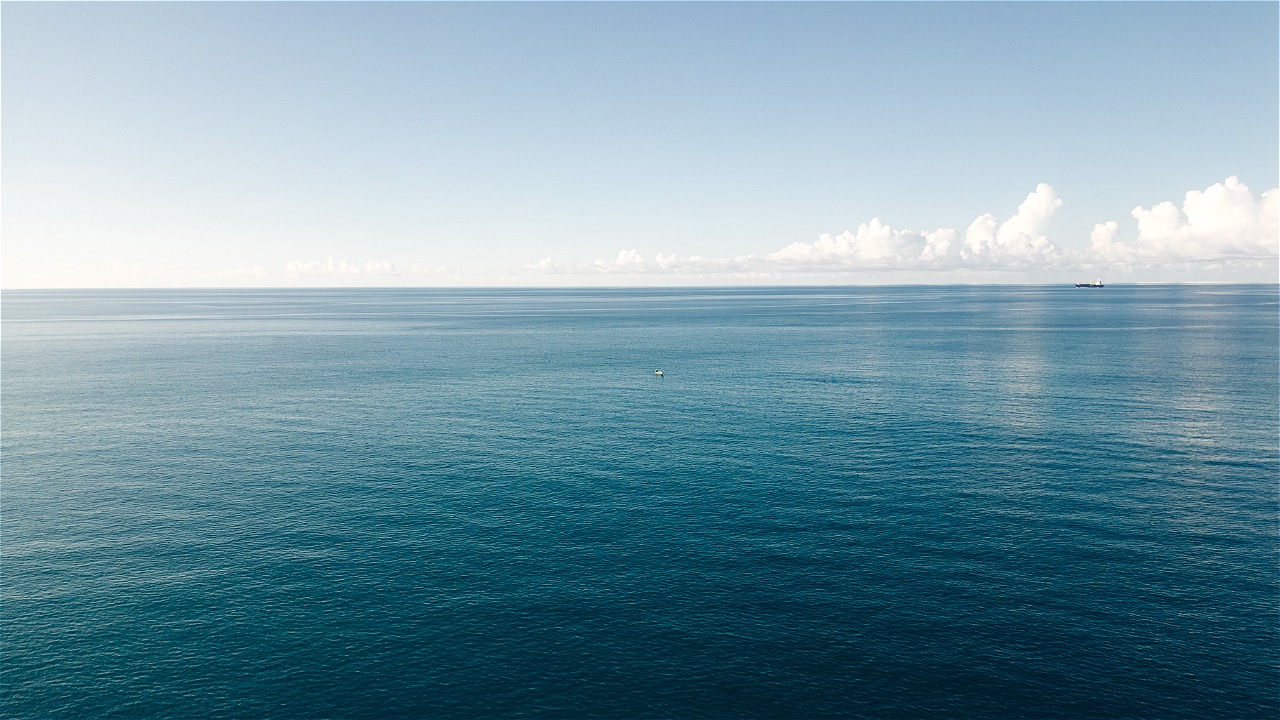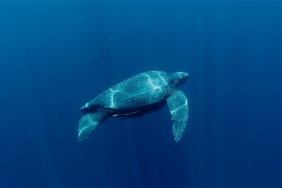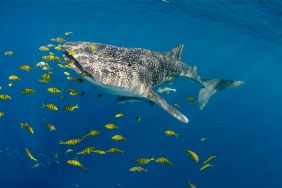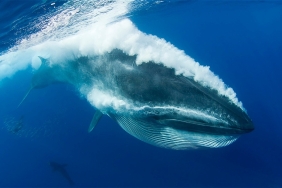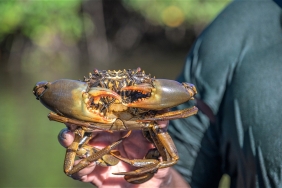THE EAST ALOR-FLORES EXPEDITION: ASSESSING THE ECOLOGICAL IMPACT OF MARINE PROTECTED AREA MANAGEMENT
Alor, East Nusa Tenggara - Starting today (23/3) until April 5, 2017, WWF-Indonesia and Reef Check Indonesia Foundation are organizing a marine expedition in the conservation areas of Alor and East Flores, East Nusa Tenggara. The expedition aims to determine the status and changes in coral reef ecosystems, as well as evaluate the ecological impacts of the management of the two conservation areas. In addition to WWF-Indonesia, the team included researchers from the Department of Marine Affairs and Fisheries (DKP) of East Nusa Tenggara Province, DKP of Alor Regency, DKP of East Flores Regency, Muhammadyah Kupang University, and University Consortium for Sustainable Fisheries (UNICONSUFISH) of East Nusa Tenggara Province.
Marine protected areas are widely used as a 'tool' for water area management around the world, but there are many variations in their ecological outcomes. On June 16, 2015, Alor's 276,693.38 hectare Regional Marine Protected Area (MPA) was officially designated as the Pantar Strait and Surrounding Sea Natural Reserve (SAP), through KEPMEN KP No.35/2015. Meanwhile, in June 2013, the 150,000 hectare East Flores MPA was officially reserved under the name SAP East Flores, through East Flores Regent Decree No. 4/2013. Both areas are known to have high fisheries biodiversity and are widely utilized for marine tourism. This often attracts many fishermen from outside the area to exploit, resulting in higher pressure on natural resources.
"Establishing a marine protected area is not easy. Even more difficult is to ensure that the management efforts are carried out properly, so that they are useful, effective and efficient. Once established, it is necessary to ensure that there are effective management measures, one of which is to conduct regular monitoring to measure biophysical conditions, especially on coral reefs as a major natural asset," said Muhammad Erdi Lazuardi, Lesser Sunda Project Leader, WWF-Indonesia. "This expedition aims to obtain data on these conditions. We hope that the results will help ensure that the two marine protected areas can be ecologically beneficial, then provide economic and social benefits for the community," added Erdi.
"Of the total nine marine protected areas in East Nusa Tenggara Province, three of them are still reserved. This year, the East Nusa Tenggara Provincial Government is targeting the establishment of two conservation areas, namely the East Flores SAP and the Maumere Bay MPA," said Izaak S. Angwarmasse, Head of the Marine Spatial Management and Planning Section, DKP East Nusa Tenggara Province. "The results of the ecological impact evaluation of this expedition, will be used to develop programs, and management plans, and zoning of the area," he continued.
The expected output of this expedition is input or recommendations to optimize adaptive management of marine resources, both in the Alor Pantar Strait SAP and the East Flores SAP, based on an assessment of the ecological impact of the existence of marine protected areas. The expedition team will conduct ecological data collection at 73 points - both inside and outside conservation areas - around the islands of Alor, Pantar, Lembata, Adonara, Solor and parts of Eastern Flores. In the middle of this year, research will also be conducted on the ecological impact of the management of these two conservation areas on the social and economic aspects of their communities.
-FINISHED-
Editor's Note:
- The release ceremony of the East Alor-Flores Expedition team at Dulionong Alor Harbor, today, was also attended by Rahmin Amahala, S.Pi, Head of DKP Office of Alor Regency; and Flora Gorangmau, SH, Head of Tourism Office of Alor Regency.
- East Nusa Tenggara Province has a marine protected area of 4.4 million hectares or 24.7% of the total area of marine protected areas in Indonesia, which has currently reached 17.8 hectares (data from the Ministry of Maritime Affairs and Fisheries of the Republic of Indonesia in 2016).
- Nine marine protected areas located in East Nusa Tenggara Province, namely: Komodo National Park, Sawu Sea National Marine Park, Pantar Strait SAP, East Flores SAP, Maumere Bay MPA, Sikka MPA, Lembata MPA, Kupang Bay Marine Nature Tourism Park (TWAL), Riung 17 Island TWAL.
- In 2014, WWF-Indonesia together with a number of partners has also conducted similar research in Pantar Strait SAP and East Flores SAP, which aims to take baseline data. The results of the study suggested that:
- Pantar Strait SAP: the average percentage of live coral cover (hard corals and soft corals) found in the area is 51.5%, with a 'good' condition category. There were 174 fish species found.
- East Flores SAP: the average presentation of live coral cover (hard corals and soft corals) found in the area was 43%, with a condition category of 'moderate'. There were 180 total reef fish species from 16 families.
- In addition to using transects and underwater research methods, this year's East Alor-Flores Expedition will also use direct observation methods through the trial of an Android-based application, Marine Buddies, which was launched by WWF-Indonesia on March 2, 2017. This application is an educational information medium developed as an effort to involve the public in overseeing the utilization and management of marine protected areas.
- High-resolution photos and maps related to this year's East Alor-Flores Expedition can be accessed through the link http://bit.ly/2mWnUwQ:
- Photos can be used with copyright © Irwan Hermawan/WWF-Indonesia.
- Maps may be used with copyright © Nugroho Ari Saputro/WWF-Indonesia.
For more information, please contact:
- Muhammad Erdi Lazuardi, Lesser Sunda Project Leader, WWF-Indonesia
Email: mlazuardi@wwf.id, Hp: +62812 1070 8874
- Estradivari, Marine Conservation Science Coordinator, WWF-Indonesia
Email: estradivari@wwf.id; Hp: +62812 9541 624
- Noverica Widjojo, SBS Communication & Campaign Coordinator, WWF-Indonesia
Email: nwidjojo@wwf.id, Hp: +62812 1958 1985

